|
|
||
|
Pro Tools
FILMFESTIVALS | 24/7 world wide coverageWelcome ! Enjoy the best of both worlds: Film & Festival News, exploring the best of the film festivals community. Launched in 1995, relentlessly connecting films to festivals, documenting and promoting festivals worldwide. Working on an upgrade soon. For collaboration, editorial contributions, or publicity, please send us an email here. User login |
Writer Shirley Jackson Nailed By Elisabeth Moss & Michael Stuhlbarg in SHIRLEYby Quendrith Johnson, Los Angeles Correspondent
“Lottery in June, corn be heavy soon” is the innocuous language used in the 1948 iconic New Yorker short story by writer Shirley Jackson, whereby a wife and mother named ‘Tessie’ is stoned to death in her typical American small town by the friendly village folk, a longstanding tradition. ‘Old Man Warner’ insists doing away with the lottery proves the young generation are “damn fools,” and on that note enters Elisabeth Moss in rolled stockings, cat-eye glasses, with a shocking presence as the late author in SHIRLEY that stings in this NEON Films release available June 5.
Broadway actor Michael Stuhlbarg also spreads his wings with Moss in this one, a stinger in the tail. They’re the mad couple with the spare room who are innocence eaters. There’s a buzzing chemistry between these two that smarts for cast members Logan Lerman and Odessa Young, as they have their youth peeled away like bark by these seasoned emotional termites. That florid insect imagery would be appreciated by the late author, whose life included a posthumous shunning by most prominent literary critics of her day. Why? Dabbling in witchcraft for one.
Jackson was a self-professed spell-caster, but as Moss clearly depicts on screen, Shirley was surely a trickster too. Whether her magic was practical for “The Witch,” one of her novels, or actual Magick in the dark sense, Jackson knew how to spin a horror tale, and even influenced a little boy named Stephen King, future Horror Master. Based on the 2014 historical fiction exploration “Shirley” by Susan Scarf Merrell, director Josephine Decker and writer Sarah Gubbins have teased out a remarkable version of “The Haunting of Hill House” writer. In that vein, it seems fitting to include both of their in-depth, behind-the-scenes takes on the project. But first, watch as Moss and Stuhlbarg moth-light the night glow charm of this memorable writer, Shirley Hardie Jackson (1916-1965), in SHIRLEY.
Director Josephine Decker Says? Shirley Jackson was a wildly unorthodox human and storyteller. Encountering her work was like finding a map towards becoming the kind of artist I would like to be. Daring. Intimate. Structured yet dreamlike. Shirley’s work rides on the skin between imagined and real, seducing with its oddness and humble cracks until you can’t tell if you’re looking up the stairwell or into your own mouth. I felt strongly that this film needed to feel like a Shirley Jackson story. Cinematographer Sturla Grovlen and I tried to build an ever-evolving visual language for the film that would feel both real and surreal. I remember Sturla saying at some point on the shoot, “Usually, as you go along, it becomes easier to make choices. You understand the film you are making, and then it becomes clearer what you need to do in each scene. This is the only film I have made where that is not the case. The rules are constantly changing.” This was one of the challenges of the film and also one of its thrills. Sarah Gubbins wrote a fantastic script that inhabits many worlds: the world inside Shirley’s house so different from the world outside Shirley’s house; the world inside Shirley’s mind at times inextricable from the world outside it. The layers kept folding in upon themselves. The napkin dropped. The spoon became a fork became a ghost. We were constantly chasing the reality, and I think this is one of the things I find most special about our film. I deeply adore collaboration, and on this project, we let the mystery remain a mystery. I hope that this was true on all levels of the process- - the acting, the production design, the cinematography. We had to work on the edge of what we knew so the process could remain fresh and alive, as mysterious as Shirley’s mind. Speaking of actors, I feel blessed to have had an insanely great cast on this movie. I was constantly learning from them; our process of discovery always dipped further into our own unknowns. We had so much to work with as well thanks to Sarah’s incredible script. Sarah wrote stunning characters in Stanley and Shirley. Their wit, codependence and joy in manipulation ferment the brew of our story. In real life, Stanley and Shirley had the most fascinatingly open yet toxic relationship. I think in some ways, Sarah’s story is about cycles of abuse – and how self-destruction often masquerades as ‘success.’ This is true of both the burgeoning author and the burgeoning housewife. One can pour oneself so deeply into one’s ‘art’ – whether that’s baking or storytelling – that one loses ability to self-care. Rose and Shirley influence, destroy, remake, create and transcend each other. They feed on each other’s obsessions. How do we fall apart and let that falling be an entrance into our true selves? I remember reading some critic or biographer noting that Shirley wasn’t a political writer. But I believe that Shirley grounded the political in the personal and that this is why her work continues to resonate today. Her stories are so deeply human that they are also timeless. She battled racism, classism and sexism through the unusual, the psychological, the manipulative rhythms of the subconscious.
Screenwriter Sarah Gubbins See Shirley Jackson This Way… Writing about writers is always a tricky endeavor. Writers themselves aren’t that dramatic or empathetic a subject. As a genus and species they are want to be solitary, sedentary, and sullen. Social mores often elude them. As a breed they are prone to paranoia, anxiety, depression and petty self-absorption. And they tend to go extended periods without bathing. And yet their imaginations are inimitable. And there is no imagination that compares to the fascinatingly tortuous one of Shirley Jackson. Shirley is a fictional account of the American Gothic writer Shirley Jackson and her husband Stanley Hyman. Jackson is most well known for writing the short story, The Lottery – about a ritualized stoning that occurs every year in an unnamed New England town. Hyman was a professor at Bennington College, an avid jazz critic, and a luminary in the field of literary theory. Jackson has long been shuttled to the less literary genre of horror writer. But nowhere in any of her novels or her copious short stories will you find a vampire, a zombie, a changing or any other mythical monster that populate most horror stories. Instead Jackson finds terror in the commonplace arena of the domestic and the mundane. People are terrifying monsters. Our own psyches are demonic, bloodthirsty ghouls. And our society a mercurial mob capable of hosting a lawn party one minute and an organized stoning the next. It won’t take long to see the film’s homage to Who’s Afraid of Virginia Woolf. The similarities of Shirley and Stanley’s interdependency to George and Martha are apparent. Both have biting wits. Both are extreme drinkers, excessive eaters, and chain-smokers. The film begins after Shirley has written her short story, The Lottery and is branded as the most reviled author in America. She has shut herself in the house, taken to her bed, and stirs only through the help of a cocktail of uppers, downers and scotch. But Stanley will not accept this. His wife is brilliant and her demons will not get the best of her. So he arranges for a young faculty member and his pregnant wife to board with them. Thereby supplying the household their own Nick and Honey. While those familiar with Jackson’s novel Hangsaman will no doubt find some specific resonance to the observations and psychic toiling Shirley endures, prior knowledge of the plot and characters aren’t at all necessary to follow her journey of writing the novel. Like many writers she has certain, call them preoccupations that appear over and over. The personification of the inanimate. Trees have designs. Death lurks in benign seeming mushrooms. And young women are habitually misunderstood. Strangers are not to be trusted. And married women are never to be counted friends. But food will always bring comfort. Often Josephine Decker and I would talk about how circuitous creativity is. The emotional highs and lows. The hairpin turns. Something that seemed brilliant one day, smells of crap the next. And yet we hope to capture that unpredictability in the film. In no small part this Shirley is an attempt to exhume a writer of incalculable talent. While also seeing the price her writing extracted from her psychologically and physically. It’s not an attempt at biography. This Shirley has been drawn from the archeology of her writing, the voice present in all her novels, short stories and the hundreds of letters written between herself and Stanley archived in the Library of Congress. That’s the Shirley we’ve brought to the screen.
DIRECTED BY: Josephine Decker WRITTEN BY: Sarah Gubbins STARRING: Elisabeth Moss, Odessa Young, Michael Stuhlbarg, Logan Lerman. This is the 2020 Sundance Film Festival Special Jury Prize – Auteur Filmmaking award winner. Catch it now, via FilmFest919 and other outlets. Visit the film here, and yes, Martin Scorsese is an executive producer on this one. # # # 04.06.2020 | Quendrith Johnson's blog Cat. : Elisabeth Moss Logan Lerman Michael Stuhlbarg NEON Odessa Young SHIRLEY FILM
|
LinksThe Bulletin Board > The Bulletin Board Blog Following News Interview with IFTA Chairman (AFM)
Interview with Cannes Marche du Film Director
Filmfestivals.com dailies live coverage from > Live from India
Useful links for the indies: > Big files transfer
+ SUBSCRIBE to the weekly Newsletter Deals+ Special offers and discounts from filmfestivals.com Selected fun offers
> Bonus Casino
User imagesAbout Quendrith JohnsonThe EditorUser contributions |




















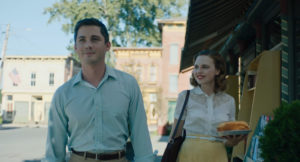
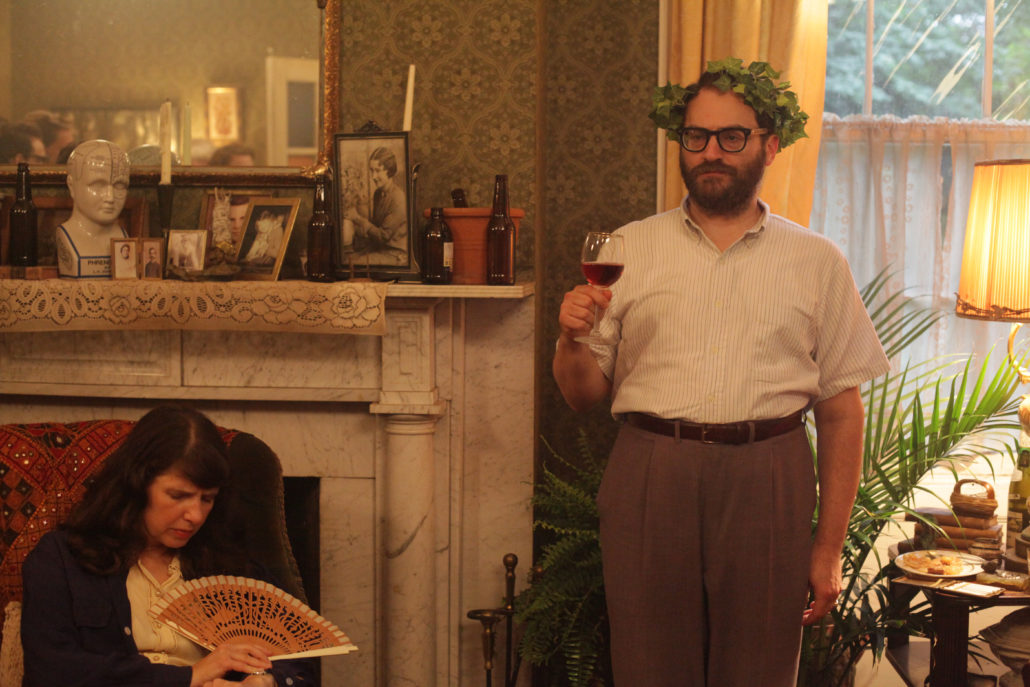
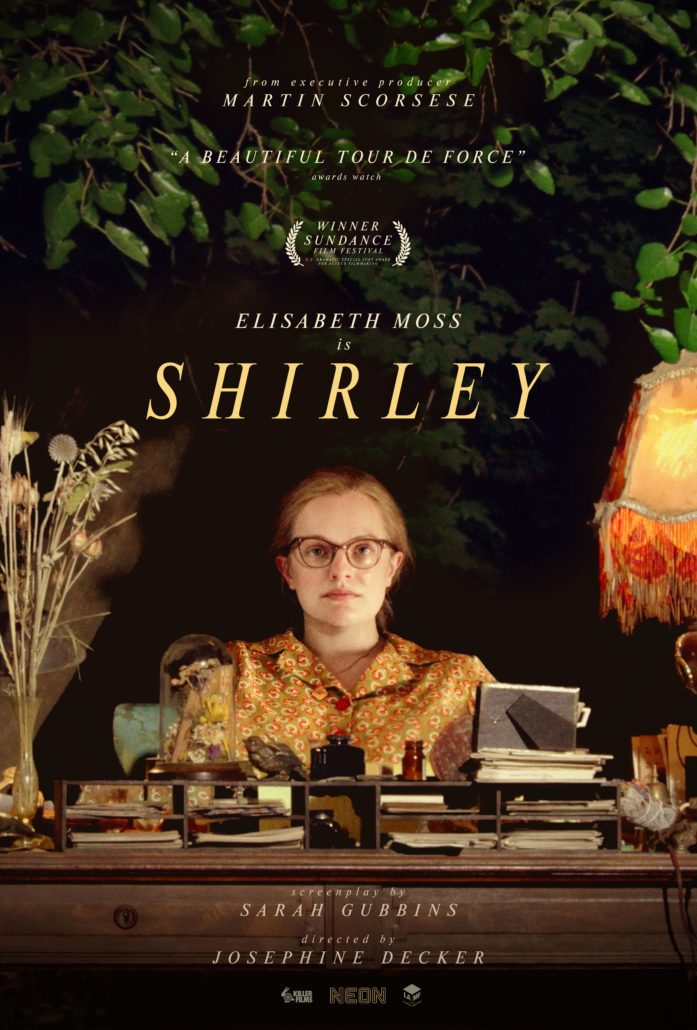





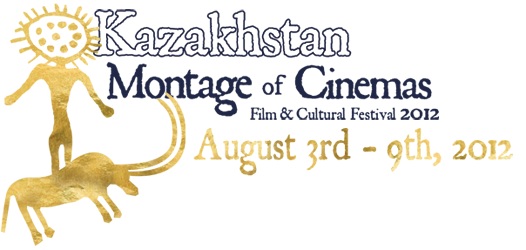
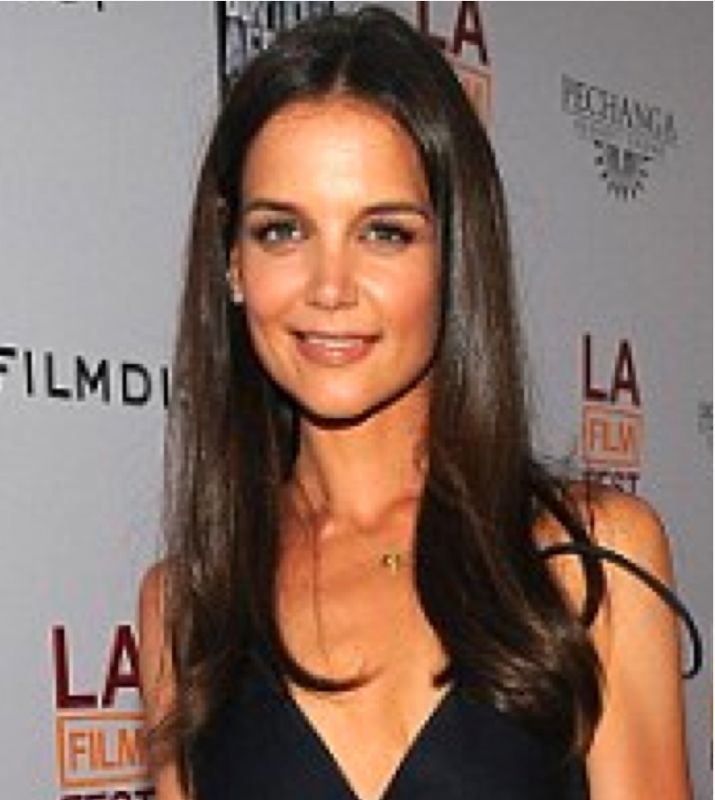
 Johnson Quendrith
Johnson Quendrith 


